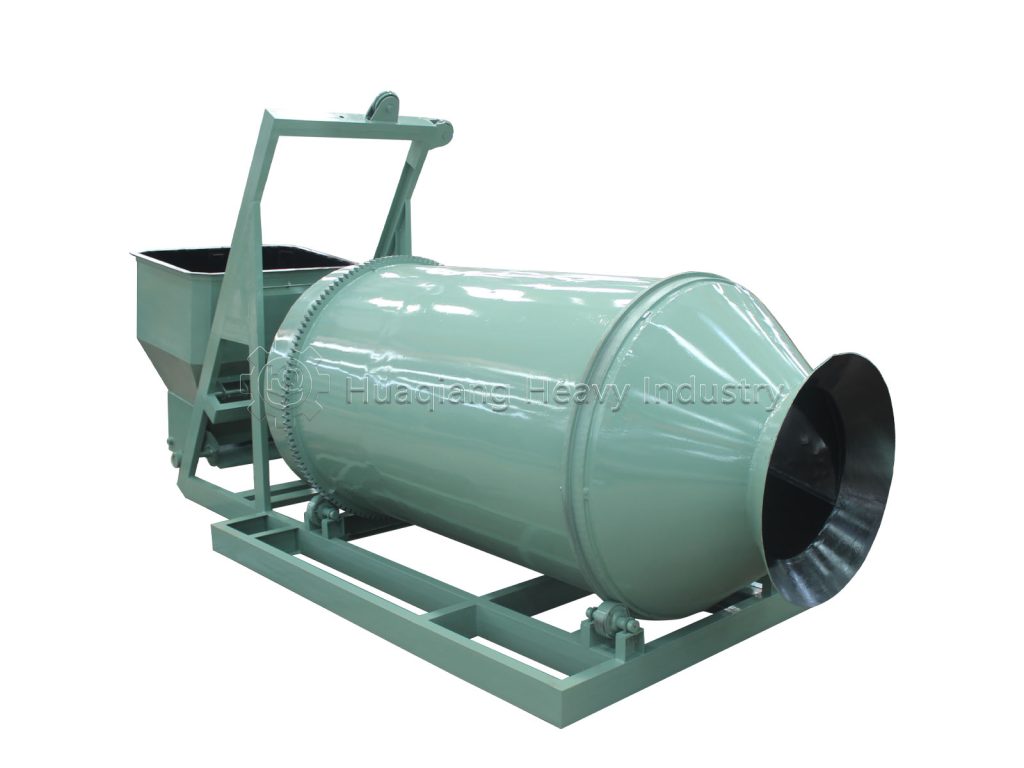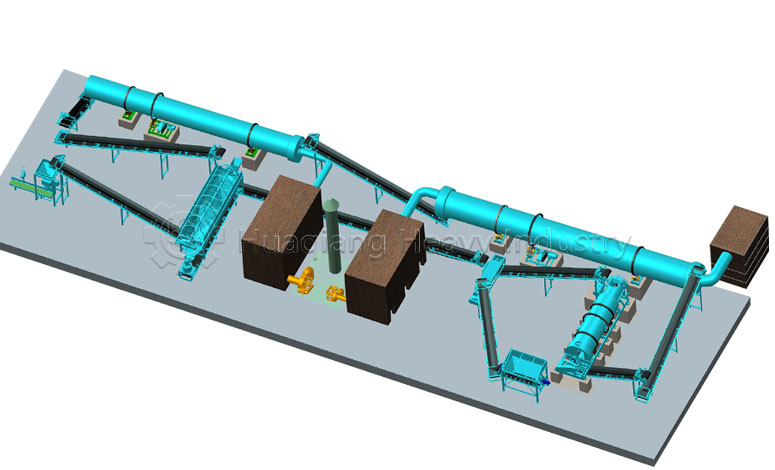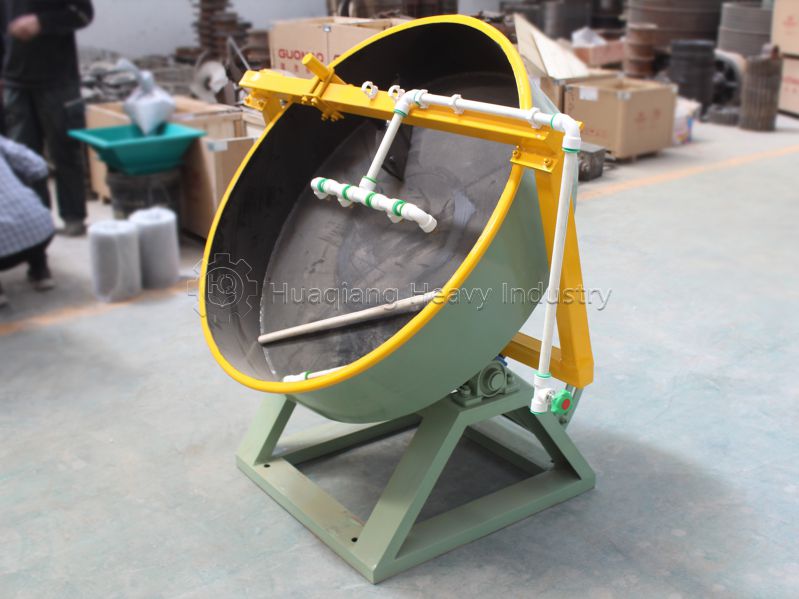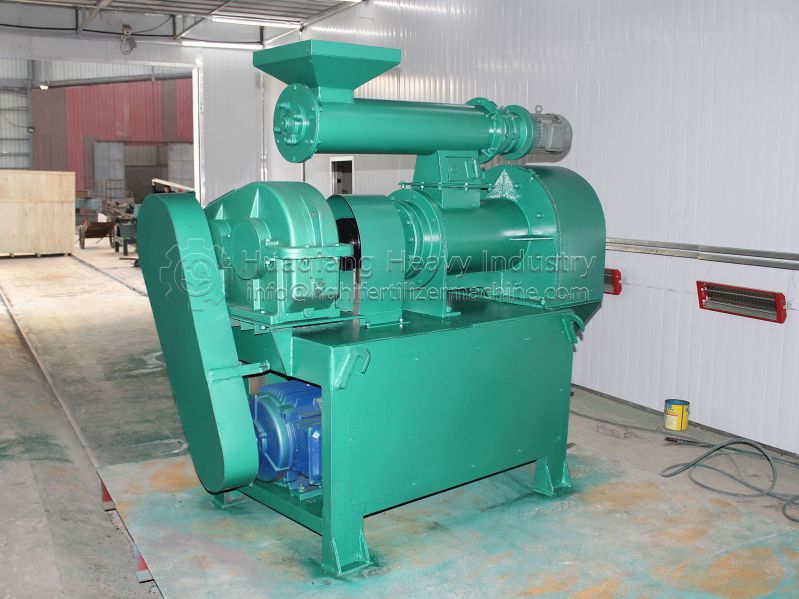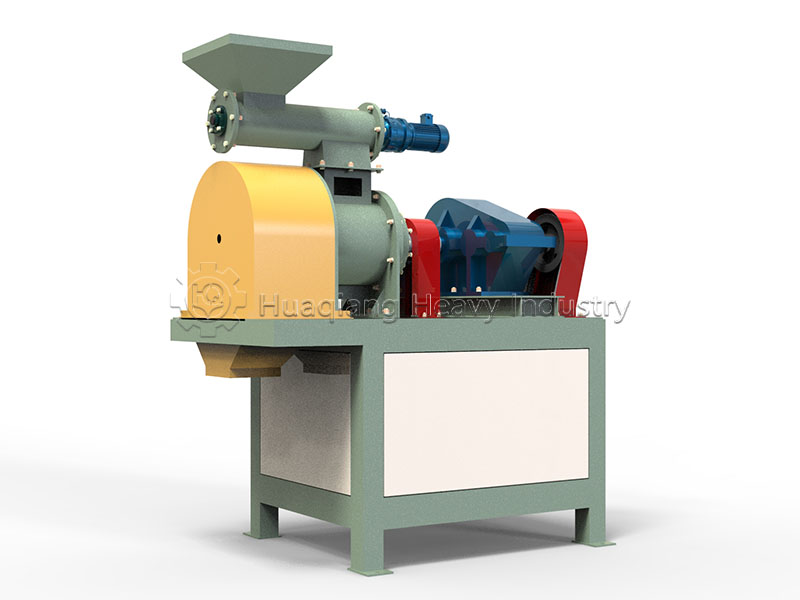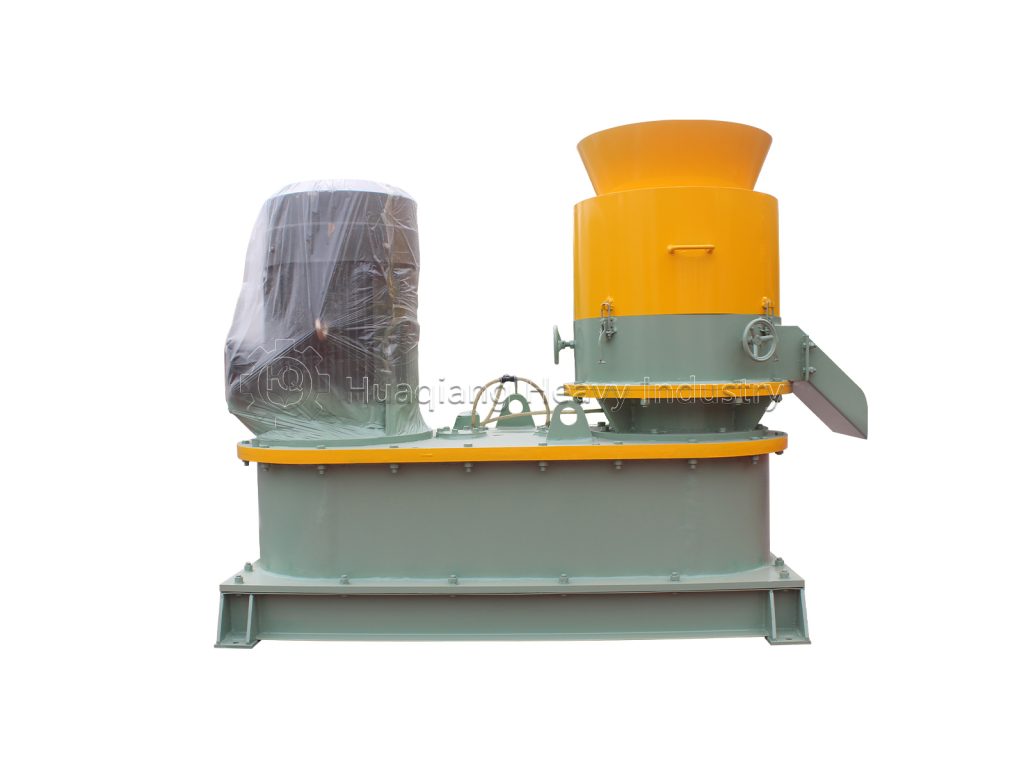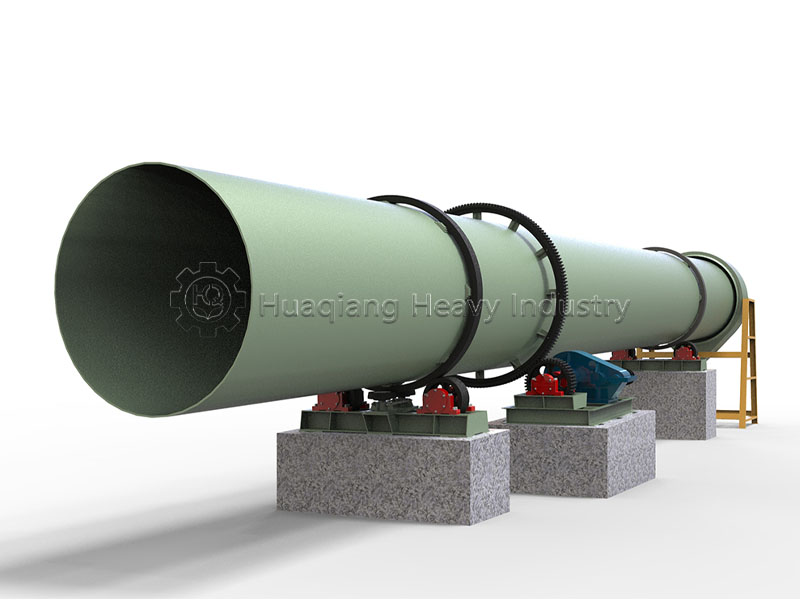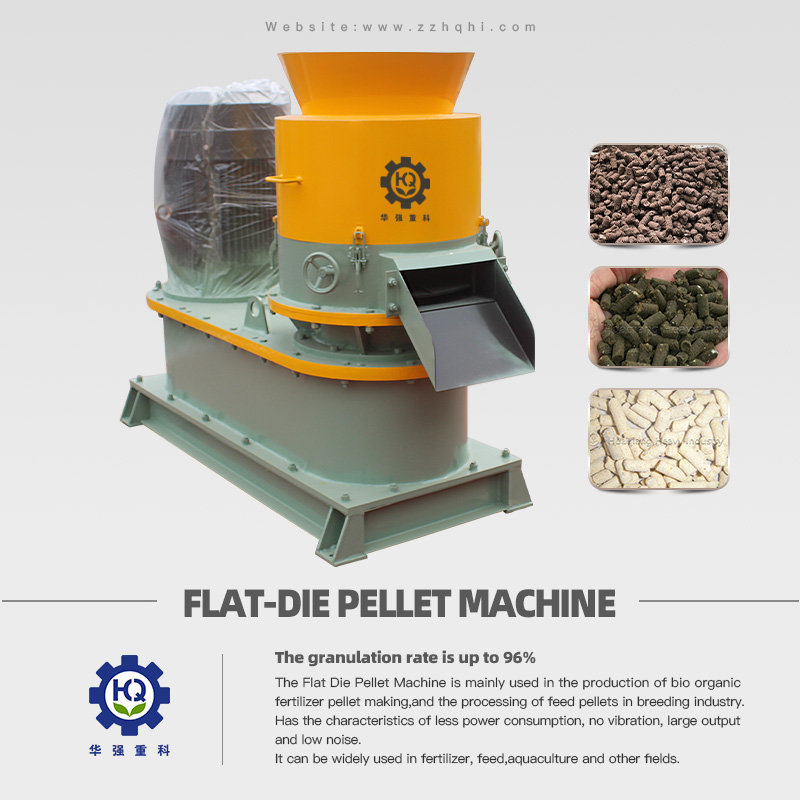In BB fertilizer production, BB fertilizer mixers account for 20%-30% of total energy consumption. Through equipment adjustment and operational optimization, energy consumption can be reduced by 15%-20% without compromising mixing quality.
For BB fertilizer mixer upgrades, variable-speed motors are preferred over traditional fixed-speed motors. The speed is adjusted according to the mixing stage: in the initial feeding phase (when the raw materials have not yet filled the barrel), a low speed of 15 rpm is used to avoid idling energy waste; in the middle mixing phase (when the raw materials are fully tumbling), the speed is increased to 22-25 rpm for efficient mixing; and in the later stages (when the mixing is nearly uniform), the speed is reduced to 18 rpm to reduce energy consumption from excessive mixing. Furthermore, adjusting the mixer’s blade angle from 45° to 30° (for granular raw materials) reduces blade resistance, reduces motor load by 10%-12%, and reduces energy consumption accordingly.

There are three key aspects to optimizing operational details: First, “full load but not overload”—feeding the equipment at 75% of its rated capacity to avoid wasted idling caused by underfeeding (<60%) or motor overload and energy consumption caused by overfeeding (>90%). Second, “centralized batch production”—concentrating fertilizer production of the same formula within 2-3 hours to reduce energy consumption from frequent equipment starts and stops. Third, “reasonable cleaning cycles”—changing “clean every batch” to “clean every three batches”—reduces the equipment’s idle time during cleaning. Furthermore, an anti-stick coating on the drum wall ensures that residue remains within standards.
In addition, regularly inspect the wear of the BB fertilizer mixer’s blades. If the blade edge is worn by more than 1/4, repair or replace it promptly to avoid extended mixing time due to insufficient blade power.

